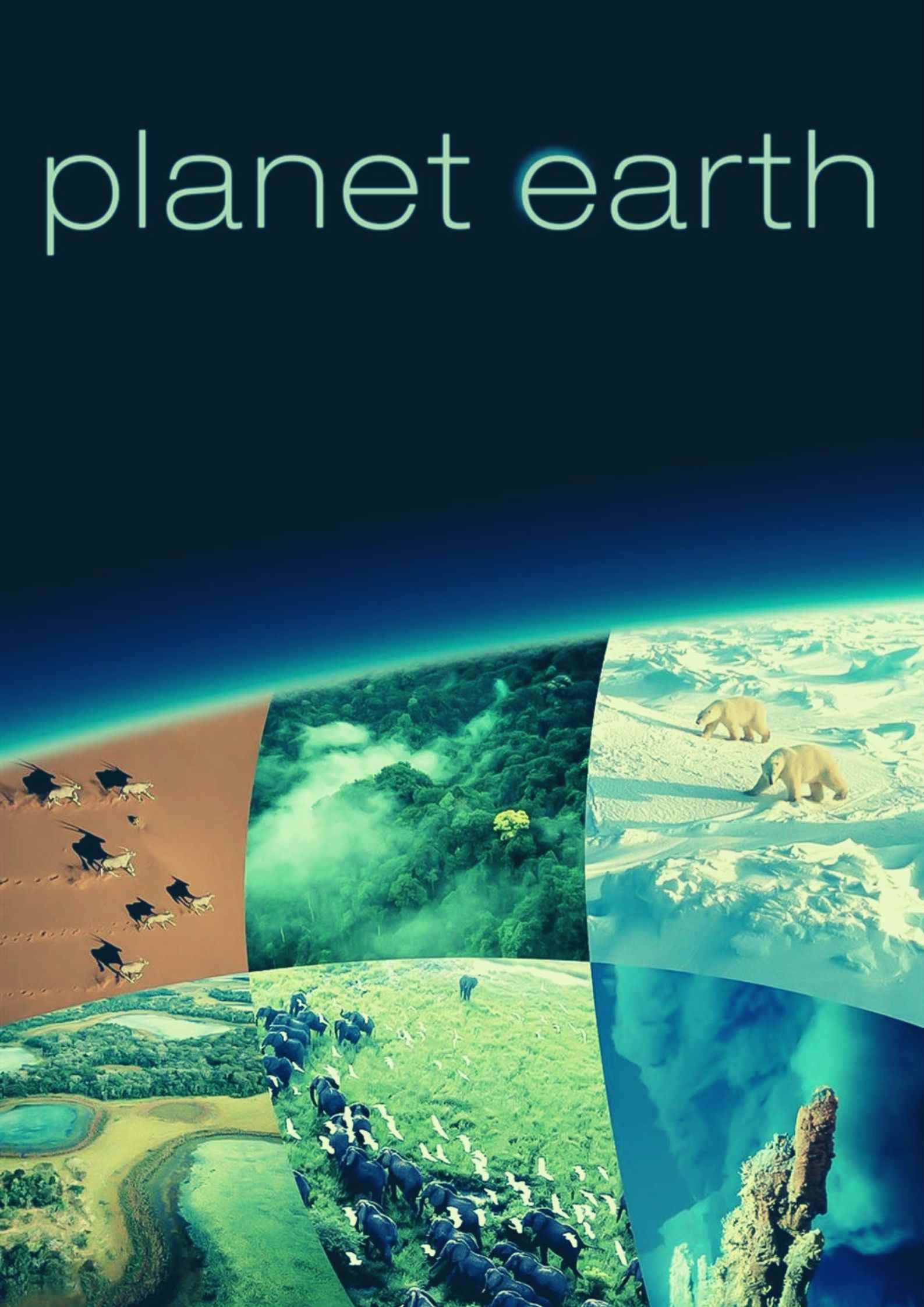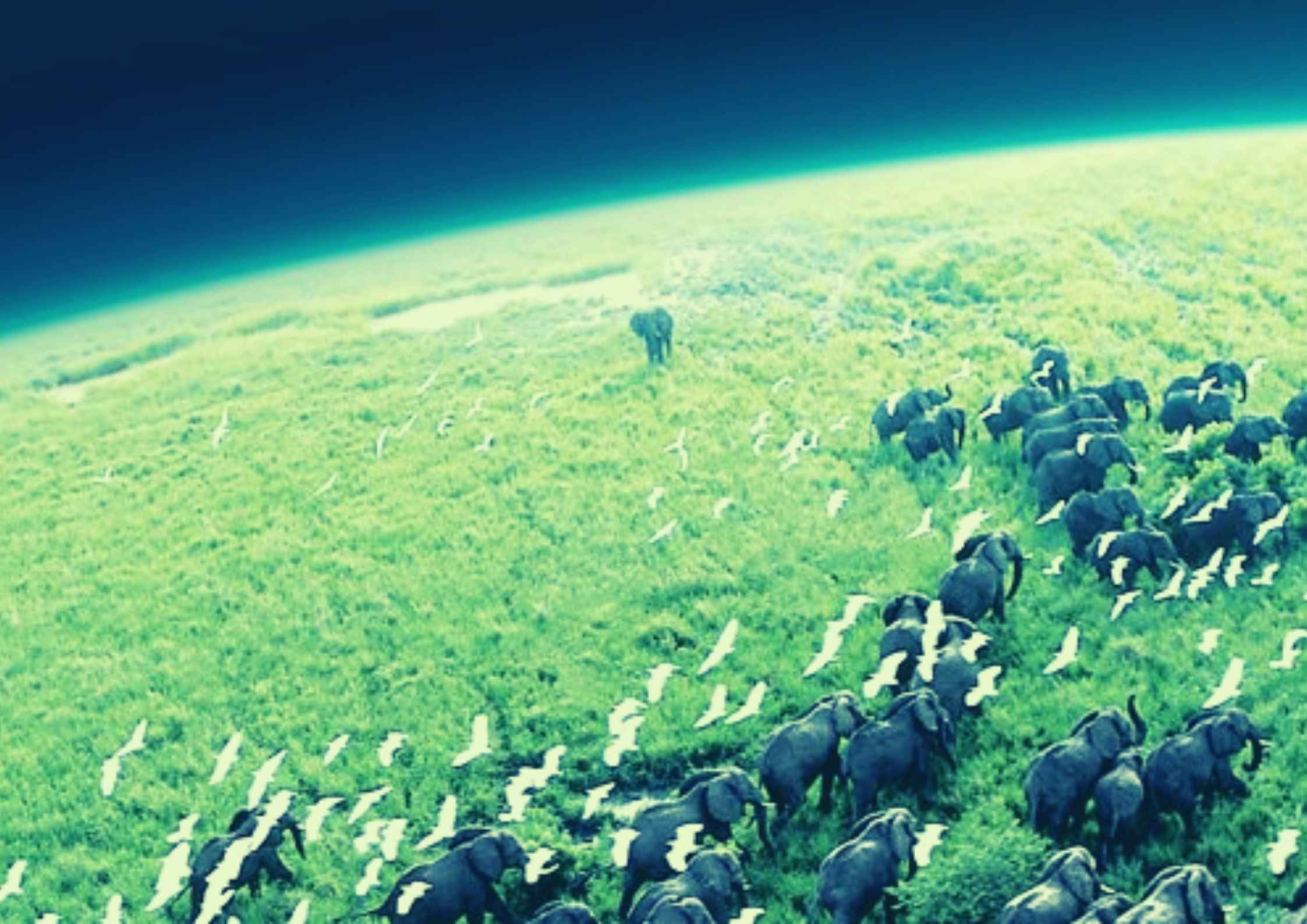Planet Earth Parents Guide
The TV Series Planet Earth, a 2006 British television series.Narrated by David Attenborough, Sigourney Weaver
In fact, the TV Series, Planet Earth is a documentary genre. The series, Production company: BBC Natural History Unit, Discovery Channel, NHK. Moreover, the TV Series is Distributed by BBC Earth and Amazon Prime.
It was the most expensive nature documentary series ever commissioned by the BBC and also the first to be filmed in high definition.
Read more about the TV Series, Planet Earth age Rating, and parents guide for kids.
Planet Earth Age Rating
Planet Earth Age Rating is TV-PG
TV-PG -This program contains material that parents may find unsuitable for younger children. Parental guidance is recommended.
Planet Earth Parents Guide
[su_box title=”Why Planet Earth Rated TV-PG ? ” style=”noise” radius=”9″]
[su_table responsive=”yes”]
| Animal deaths and animal violence can be frightening to younger audiences. |
| No sex organs were shown. The scene is brief and nongraphic |
| Group of chimpanzees eats other groups of child chimpanzees. |
| You see penguins mating. In the same episode, birds are shown mating. |
| Predatory animal violence. |
[/su_table][/su_box]
Planet Earth Release Date
Planet Earth premiered on 5 March –10 December 2006.
Official Poster and Details
[su_box title=”Planet Earth Rated TV-PG” style=”noise” radius=”9″]
[su_row][su_column size=”1/2″ center=”no” class=””]

[/su_column] [su_column size=”1/2″ center=”no” class=””]
[su_table responsive=”yes”]
| Series Name | Planet Earth |
| Genre | Documentary |
| Age Rating | TV-PG |
| Narrated by | David Attenborough, Sigourney Weaver |
| Seasons | 1 |
| Episodes | 11 |
| Distributed by | BBC Earth and Amazon Prime |
| Official website | Amazon.Com |
[/su_table][/su_column][/su_row] [/su_box]
Planet Earth Plot story
A world beyond expectation… Four years in the making, this is the earth celebrated as never before.
[su_accordion]
[su_spoiler title=”Planet Earth Season 1” open=”no” style=”default” icon=”plus” anchor=”” class=””]
Ep. 1 “Planet Earth” goes around the Earth, discovering where the sun consistently sparkles and where it’s infrequently seen. Then, they discover where water is bountiful and where it’s scant.
Ep. 2 Mountains are the most noticeable results of the massive powers which shape the living planet: structural float, volcanic action, and disintegration by wind, water, ice, and precipitation. We perceive how untamed life adjusts to the brutal, frequently outrageous conditions in different kinds of mountain ranges, for example, Gelada primates on an abrupt fountain of liquid magma pushed Ethiopian look, jaguars in the Andes, wild bears in the Rockies, snow panthers in the Himalaya.
Ep. 3 Albeit only 3% of the water on earth, new water has a significant impact on the planet’s climate and disintegration. It is hugely significant for all non-marine natural life, which drinks new water and swims, multiplies, chases in it. Its focuses, like waterways, lakes, and marshes, have large amounts of amphibians and different species, frequently adjusted to ‘wet’ life.
Ep. 4 The Earth’s enormous, profound calcareous caverns are for all intents and purposes unavailable and in this manner scarcely investigated – requiring master plunging where overwhelmed. A portion of its untamed life is just about as unusual and explicit as in the profound, haziest piece of the sea, regardless of whether genuinely adjusted – eminently to the dim. By and by, some caves(did) have a significant influence in local societies, even as wellsprings of new water for some Mayan urban areas.
Ep. 5 The Ship of the Imagination makes a trip back on schedule to uncover eleventh century Europe and North Africa during the brilliant time of Islam, when splendid physicist Ibn al-Haytham found the logical technique and first saw how we see, and how light voyages. Afterward, William Herschel finds the infrared and the mark stowed away in the light of each star, in the end opening one of the keys to the universe.
Ep. 6 The polar covers have the most outrageous occasional differences, developing and liquefying immense ice masses, so natural life adjusts by yearly relocations. Most of Antarctica is tremendous fruitless permafrost. Just 3% of the coast and peninsular pinnacles are the places where life relocates to in the spring, for a short fruitful summer, drawn in by rich supplies of krill and fish. Just the Emperor penguin guys breed 4 months in winter 100 miles inland. The Arctic has a more complete fauna that moves back North from the mainland. Here, the Polar bear is undermined on the grounds that a worldwide temperature alteration thaws out …
Ep. 7A fourth of the world’s territory mass, from icy to tropical, are open fields comprising of marsh just as high country levels. Here develops basically indestructible, quickly developing grasses of all sizes that feed the planet’s biggest herbivore populaces, the prey to lone and social carnivores. Awesome components of the occasional pattern of life can incorporate mass movements, rainstorms, dry spells,s, and extraordinary flames.
Ep. 8On 3% of the Earth’s surface, the tropical jungle is the territory for a large portion of our creature species, even 80% of creepy crawlies. So its untamed life is generally aggressive, similar to the birds of heaven’s mating, and concentrated with exceptional connections of predation, parasitism and so on For plants, the mission for light is critical to separation, resembled by communicating creatures eating organic products, leaves, and different creatures. Indeed, even the wilderness uproar is delineated. On the dirt, reusing expert-like parasites restart the pattern of life. In Central Africa, even crowds of elephants spend significant time in after ...
Ep. 9 Shallow oceans cover just 8% of earth’s surface, yet contain the most extravagant, most differed sea life: from tiny fish and coral (in a real sense fundamental for the actual presence of reefs) to birds and from different spineless creatures to warm-blooded animals like seals, dolphins, and whales and from ocean snakes to incalculable fish species. Their environmental connection is extraordinarily fluctuated and complex, frequently with close-by land to, even with deserts.
Ep. 10 Trees are the earth’s biggest organic entities and are additionally one of the planet’s most established occupants. Occasional backwoods (not at all like an equatorial jungle) are the biggest land territories. 33% of all trees fill in the interminable taiga of the Arctic north. Northern America has timberlands that incorporate California’s sequoia, the world’s biggest trees. There and somewhere else, their huge creation of photosynthesis and shade manages an occasional pattern of life and includes innumerable plant and creature species.
Ep. 11 Open seas, a huge biotope covering 66% of the planet, some shallow, some as profound as the mountain ranges are high. The sea has a gigantic, problematically complex evolved way of life, shifting from tiny creatures, similar to krill, to whales, which amusingly feed chiefly on the previous. Most species swim or buoy in it, many surfacing for oxygen, while others make a plunge from land or air, frequently to take care of, yet in addition to reproducing on the coast, where a few animal groups come to lay their eggs. Indeed, even the shore is covered with life, to a great extent dependent on natural matter, like carcasses.
[/su_spoiler][/su_accordion]
Planet Earth Wallpaper and Images

Official Trailer of Planet Earth
[youtube https://www.youtube.com/watch?v=I8Az_IIgw4U]
Planet Earth Runtime
TV Series Planet Earth, with a total of 11 episodes from 1 season. Each episode takes 60 minutes.
Narrators of Planet Earth Cast
Planet Earth Age Rating and Planet Earth Parents Guide
Know about Planet Earth age rating and parental Guidance here. Planet Earth age rating in the UK, US, Canada, Ireland, Switzerland, and overseas is explained here.
TV series Planet Earth, PG in Australia, G in Canada, A in Denmark, K-3 in Finland, PG in Ireland, T in Italy, A in Mexico, 6 in the Netherlands, PG in New Zealand, A in Norway, M/6 in Portugal, All in South Korea, TP in Spain, PG in the United Kingdom, TV-PG in the United States.
Stay tuned to get more updates on the age rating of all movies, tv shows, books, and games. Finally, any suggestions are always welcomed.
Also, please make use of the comment box for your reviews. We are always providing all age ratings for kids, We will make the easy and best way for your kids.
